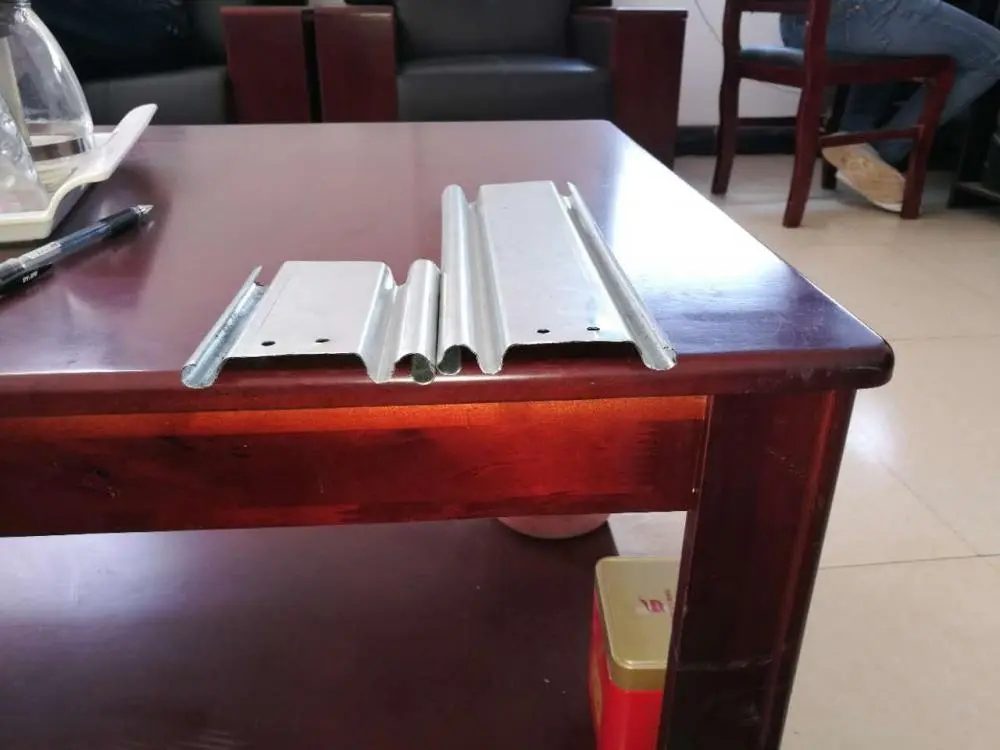
The Evolution and Significance of Wall Angle Making Machines in the Drywall Industry
In the world of construction and interior design, the quest for efficiency, precision, and quality has led to the development of specialized machinery that enhances productivity
. One such innovation is the wall angle making machine, which plays a crucial role in the dry wall industry, particularly in the fabrication of C channels and main channels used for drywall installations.The wall angle making machine is engineered to streamline the production of wall angles that are essential in creating stable frameworks for drywall systems. Traditionally, the process of cutting and shaping metal into wall angles was labor-intensive, requiring skilled workers to manually handle materials. This not only increased the time needed to complete projects but also raised the risk of human error. However, with technological advancements, the modern wall angle making machine automates these processes, ensuring consistent quality and precision in every piece produced.
One of the primary components of the wall angle making machine is its ability to form C channels and main channels. These channels serve as the backbone of drywall installations, providing support and structure. The machine typically features a series of rollers and dies that reshape flat metal sheets into the desired channel profiles. The automation of this process not only improves accuracy but significantly reduces material waste, as the machines can operate with optimal efficiency.

Additionally, a key advantage of utilizing wall angle making machines is their versatility. These machines can often be adjusted to create various sizes and shapes of angles, catering to different project requirements. This adaptability is invaluable in the fast-paced construction environment, where projects can change rapidly and specific needs arise unexpectedly.
Moreover, wall angle making machines incorporate technology that enhances production speed. With the push of a button, these machines can produce high volumes of wall angles in a fraction of the time it would take a manual workforce. This not only accelerates project timelines but also allows construction companies to take on more projects simultaneously, ultimately leading to increased profitability.
Safety is another important consideration in the construction industry, and wall angle making machines contribute to creating a safer working environment. By automating the production process, workers are less likely to be exposed to hazardous manual cutting and shaping operations. This shift not only protects the workforce but also aligns with industry standards for health and safety, further solidifying the machine's value.
In conclusion, the development of wall angle making machines represents a significant advancement in the drywall sector. By automating the production of essential building components like C channels and main channels, these machines enhance efficiency, precision, and safety. As the construction industry continues to evolve, embracing innovative technologies such as wall angle making machines will be paramount in meeting the demands of modern building practices while upholding high standards of quality.